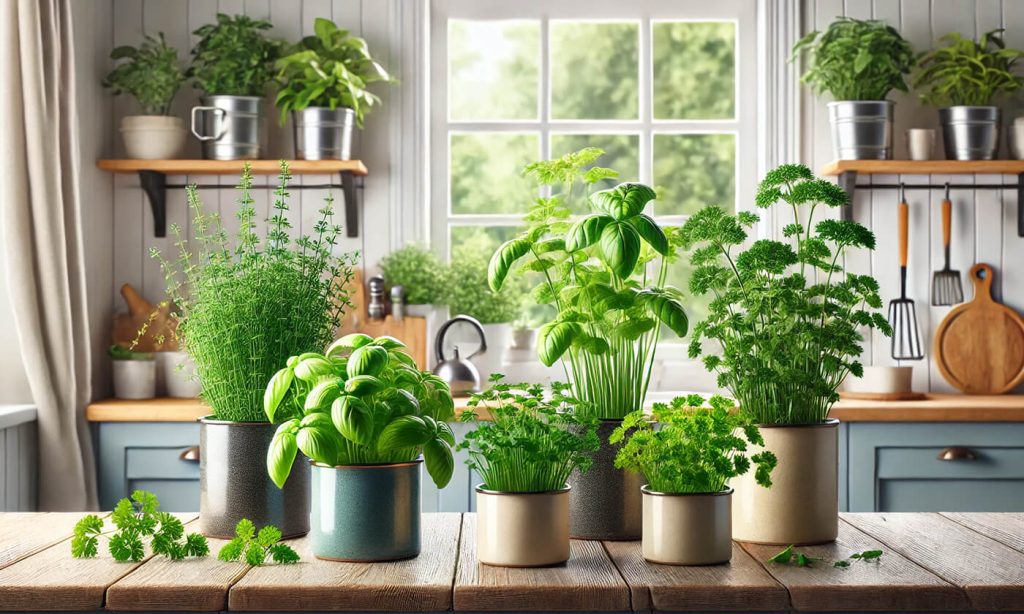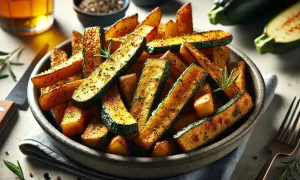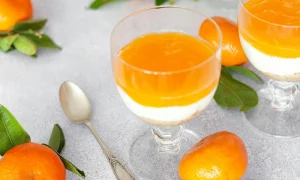Apartment Gardening: Practical Tips and Techniques

You might think it’s impossible to have a garden in your apartment. After all, where would you put it? But with a little creativity and planning, you can grow your own little green oasis right in your living room, balcony, or even on your kitchen counter.
Having a garden in an apartment isn’t just about beautifying your space. It’s about creating a healthier, more vibrant living environment. Indoor plants can purify the air, reduce stress, and even boost your mood.
Key Takeaways
- An apartment garden can boost both aesthetics and health by purifying air, reducing stress, and serving as a source of fresh food.
- The process of setting up an apartment garden requires assessing your space for light and temperature conditions, as well as potential plant placement.
- Selecting the right plants is crucial. Research their needs, consider their maintenance levels, and aim for a diversity of species for an attractive garden.
- Container gardening is an effective method for apartments, using pots or other containers as planting mediums. Just ensure that containers have drainage holes.
- Vertical gardening leverages upward space, which is ideal for smaller areas or for adding visual height.
- Other gardening setups include hydroponics or window gardening, which can diversify and optimize your apartment garden. Always consider your unique conditions and needs when selecting a setup.
Benefits of Having a Garden in an Apartment
Picture this: You come back from a relentless day at work, and the moment you open your apartment door, you’re met with a delicate fragrance of flowering plants and a soothing greenery that instantly de-stresses you.
Having a garden in your apartment isn’t just about aesthetics. It offers surprising advantages that enhance your quality of life. The air in your apartment becomes fresher and healthier, thanks to the plants’ natural ability to purify air by absorbing harmful toxins.
Studies suggest that indoor gardening could be a key stress reducer. Spending time with your plants can be a therapeutic, and interestingly, has also been correlated with increased productivity. Caring for something alive gives you a sense of responsibility and pride that gradually fosters a positive state of mind.
Moreover, your apartment garden can serve as your own private pantry too. Grow herbs like basil, parsley, or chives or even fruits and veggies. You’ll love the taste of fresh food that’s grown right in your home – it’s matchless!
However, establishing an indoor garden warrants some knowledge and effort. The process of choosing the right plants considering your lifestyle, learning their ideal care needs, and diligently taking care of them are critical to your apartment garden’s success.
Planning Your Apartment Garden
Living in an apartment doesn’t mean you can’t enjoy the benefits of having a garden. As you embark on this exciting journey, the key is all in the planning.
Assessing Your Space
When utility and aesthetics meet, a magical apartment garden is born. Start by assessing your space. Look around and ask yourself, “Where’s the best location for a plant?” Take note of areas that receive ample light and have enough space for a plant to grow.
Windowsills, corners with indirect sun, and spaces near natural light sources are ideal locations. You’ll need to take into account the size and growth habits of the plants you choose. A large, trailing plant, for example, might do well in a corner but not as well on a windowsill. You’d be surprised at how much difference a strategic placement makes.
Here are some factors to consider:
- Sunlight exposure: Most indoor plants need at least 6 hours of indirect sunlight.
- Humidity levels: Some plants need a more humid environment than others. Rooms like the kitchen might be ideal for these.
- Temperature: Most indoor plants prefer a consistent temperature between 65 and 75 degrees Fahrenheit. Make sure your plants aren’t near drafts or heat vents.
Choosing the Right Plants
The heart of any garden is, of course, the plants themselves. In the realm of vegetable and herb gardens, particularly in apartments, choosing the right plants is vital for ensuring your gardening efforts bear fruit (and vegetables!). Understanding the specific needs of your chosen plants sets the foundation for a flourishing garden.
When planning a vegetable or herb garden in an apartment setting, it’s important to select plants that can adapt to the indoor environment or limited outdoor space like balconies. Focus on vegetables and herbs that require less direct sunlight or can thrive under grow lights, such as lettuce, spinach, chilies, and a variety of herbs like basil, cilantro, and parsley.
Consider the care requirements of each plant. High-maintenance vegetables and herbs might not be suitable for everyone, especially if your gardening time is limited. Opt for easy-to-maintain choices that are known for their resilience and lower care needs.
Diversity is also key to keeping your garden interesting and productive. Integrate a mix of leafy greens, culinary herbs, and smaller fruiting plants like cherry tomatoes or strawberries. This variety not only enhances the aesthetic appeal of your garden but also promotes a healthier, more balanced ecosystem.
By carefully selecting appropriate vegetables and herbs, you can maximize the success of your apartment garden and enjoy the rewards of homegrown produce.
Creating the Garden Setup
Now that you’ve planned your apartment gardening , it’s time to get your hands dirty. This phase involves an array of gardening techniques that utilize your indoor space.
Container Gardening
Container gardening is a popular choice for apartment dwellers. It’s easy, compact, and allows you to grow a variety of plants. This technique involves using pots or containers as a planting medium. Ceramic pots, plastic pots, garden bags, and wooden crates are all viable options. Just make sure each container has drainage holes to prevent your plants from becoming waterlogged.
When choosing a potting mix for container gardening, it’s crucial to select a blend that suits the specific plants you’ve chosen. This may not be topsoil from your backyard. Commercial potting mixes often provide the ideal blend of nutrients, moisture retention, and drainage your indoor plants need to thrive.
Vertical Gardening
Vertical gardening is another savvy way to optimize your indoor space. It’s all about growing plants upwards instead of sprawling outwards. This technique is perfect if you’re working with a small space or if you want to add an element of visual height to your apartment.
You can create a vertical garden with a variety of materials. This can range from stacked pots to mounted wall planters to trellises. The key is to ensure each plant has adequate space, sunlight, and access to water.
Indoor Gardening Techniques
Apart from container and vertical gardening, there are other indoor gardening techniques you can employ to add variety and versatility to your apartment garden. Hydroponics, a method of growing plants without soil, is one such technique. It’s remarkably efficient, uses less water than traditional gardening, and allows for faster plant growth.
Additionally, window gardening can offer a great solution if you have a window receiving ample daylight. A window sill organically provides the required height for any hanging or trailing plants, and it guarantees this sort of gardening doesn’t consume your valuable floor space.






